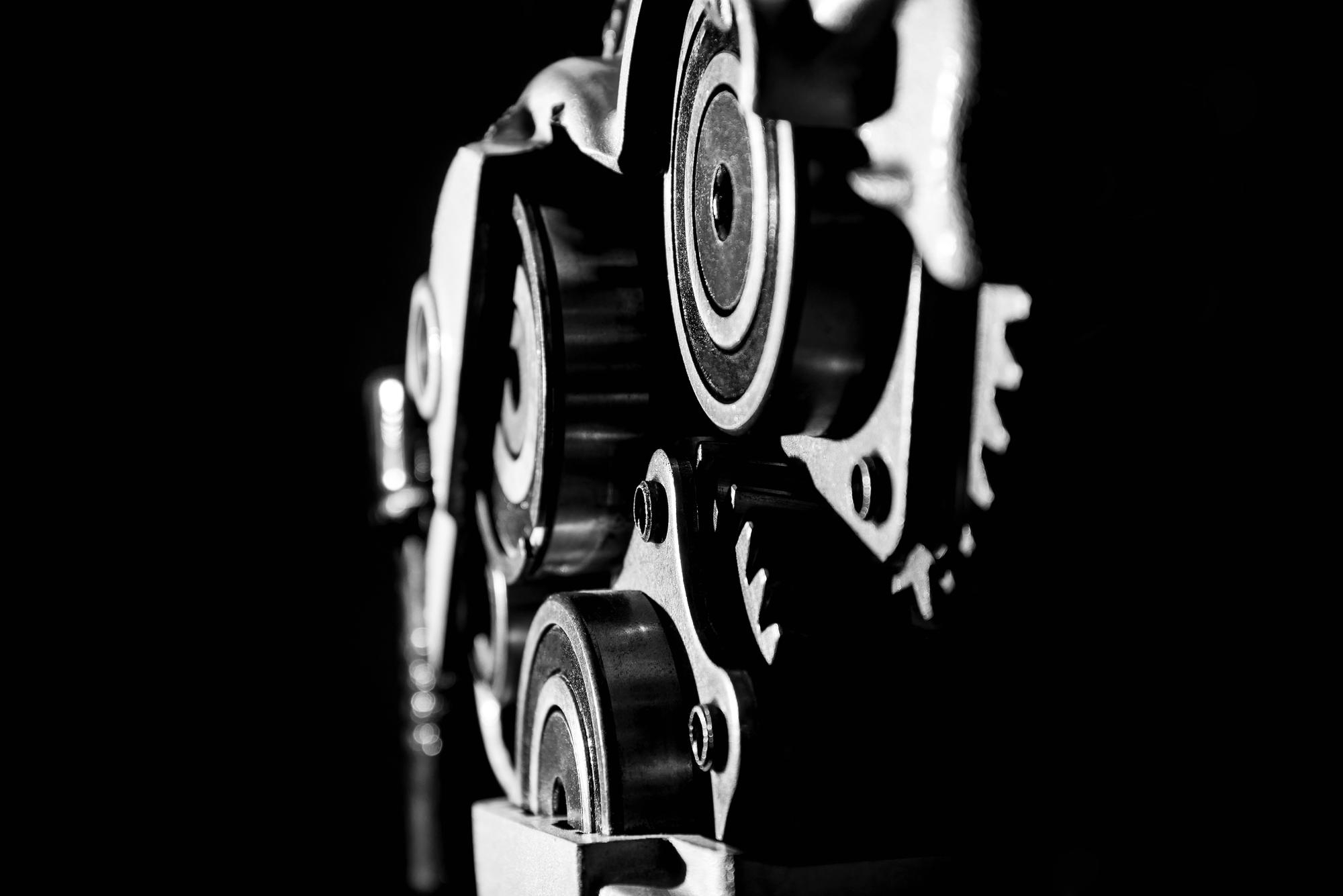Gear manufacturing is vital to many mechanical systems, including vehicles and equipment. Ensuring efficiency and performance requires a proper selection of gear materials and manufacturing processes. This article offers a complete guide to gear manufacturing, covering everything from material selection to troubleshooting common gear problems.
Gear Materials
Material selection is crucial in gear manufacturing since it impacts the gear’s strength, longevity, and performance. Gears are typically made of steel, aluminum, or plastic. Steel, aluminum, and polymers are the three most used materials for gears.
Because of its durability, strength, and wear resistance, steel is the material of choice for most gears. Easily accessible and at a price that won’t break the bank. It’s cheap, convenient, and plentiful. It is inexpensive and abundantly available, too. Steel gears, on the other hand, wear down over time because they generate more heat and need to be lubricated.
Aluminum is preferable to steel in any situation where portability is essential because of its lower weight. As an added bonus, it resists corrosion and costs far less than steel. Aluminum gears, on the other hand, are weaker and more easily damaged under stress than steel gears.
Due to their lightweight nature, resistance to corrosion, and increased quietness over metal gears, plastics are becoming a more and more common material for gears. They don’t need to be lubricated either, which can reduce maintenance costs. Plastic gears, however, are weaker than metal gears and can wear out more quickly.
Application, load requirements, and environmental conditions should all be taken into account when choosing a gear material. Selecting the incorrect material may result in early wear and tear, decreased performance, and potential safety risks.
Manufacturing Processes
The manufacturing process used for gear production also affects the gear’s efficiency and performance. There are several methods for manufacturing gears, including hobbing, shaping, and grinding.
- Hobbing is a process that involves using a cutting tool called a hob to create gear teeth. The hob is moved in a rotational motion against the gear blank, cutting the teeth as it moves. This process is used for producing high-precision gears with excellent surface finishes.
- Shaping is a process that involves using a cutting tool called a shaper to create gear teeth. The shaper moves back and forth in a linear motion, cutting the teeth as it moves. Shaping is a slower process than hobbing but is less expensive and produces less heat, making it ideal for producing larger gears.
- Grinding is a process that involves using a grinding wheel to shape the gear teeth. This process is used for producing high-precision gears with excellent surface finishes. It takes longer and costs more than other manufacturing processes, though.
Other manufacturing processes, such as milling and broaching, can also be used for gear production. The choice of manufacturing process depends on the gear’s size, complexity, and precision requirements.
Efficiency and Performance
Efficiency and performance are critical factors in gear design, which depend on proper gear material selection and manufacturing processes. Poorly designed or manufactured gears can increase friction, wear, and noise, reducing efficiency and performance.
To optimize gear efficiency and performance, several factors must be considered. These include gear geometry, load distribution, and lubrication. The gear’s geometry, such as the tooth profile and helix angle, significantly impacts the gear’s load-bearing capacity and noise level. Proper selection of gear geometry can enhance gear performance and efficiency.
Load distribution is another crucial factor in optimizing gear performance. Uneven load distribution can result in premature wear and tear, while proper load distribution ensures that the gear teeth wear evenly, improving the gear’s lifespan and performance.
Lubrication is also essential for gear performance, as it reduces friction and wear. Proper lubrication helps maintain optimal efficiency and performance and can extend the gear’s lifespan while reducing maintenance costs.
Therefore, careful consideration of gear geometry, load distribution, and lubrication is crucial to achieving optimal gear performance and efficiency.
Maintenance and Troubleshooting
Proper gear maintenance is essential for ensuring optimal efficiency and performance. Regular inspection and maintenance can help identify potential problems before they escalate into major issues.
Engineers and designers may encounter common gear problems, including wear and tear, misalignment, and excessive noise. These issues may be caused by several factors, such as improper gear material selection, incorrect manufacturing processes, and poor maintenance practices.
To troubleshoot common gear problems, it’s important first to identify the root cause of the issue. For instance, excessive noise may result from misaligned gears or worn-out teeth. On the other hand, wear and tear may result from inadequate lubrication or using the wrong gear material.
To stop further damage, it’s critical to act quickly when a gear problem is discovered. In some cases, repairing or replacing the gear may be necessary to restore optimum efficiency and performance. Gearbox repair is often necessary to address gear problems effectively. Therefore, engineers and designers must prioritize proper maintenance and inspection to identify and troubleshoot gear problems early.
#Image via freepik








